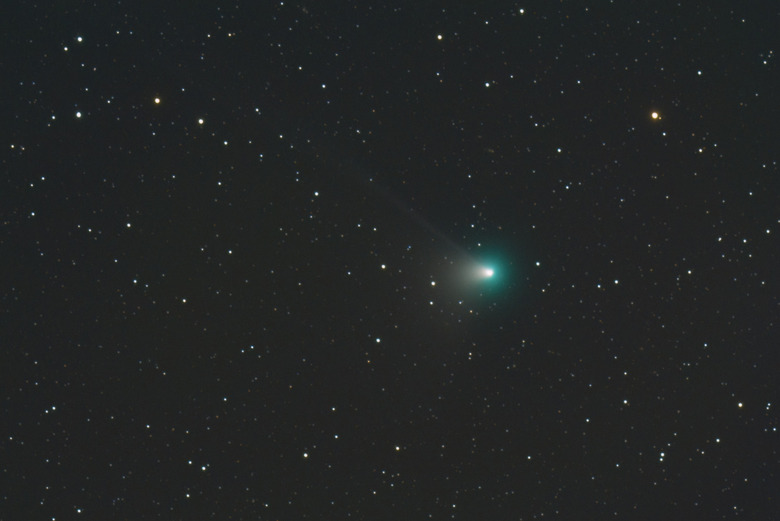This Is Your Only Chance To See A Rare Green Comet For The Next 400 Years
Discovered in August of this year, the comet Nishimura is a very rare occurrence. The comet gives off a green coma and tail. The comet will appear brighter in the sky over the next several days, even becoming visible to the naked eye as it gets closer to our Sun. This is the second time this year that Earth has been visited by a rare green comet such as this.
Previously, we saw a once-in-a-lifetime comet visit Earth, appearing in our night skies as it traversed the solar system for the first time in 50,000 years. This new comet, Nishimura, isn't quite as rare, but it's still worth seeing for yourself, as the comet won't visit Earth for at least another 400 years, astronomers say.
NASA shared a picture of the comet, which was captured by photographer Dan Bartlett last month. NASA says the comet was visible with a telescope at that point, but it will soon be visible to the naked eye.
Nishimura is expected to pass close to the Sun, even trailing within the orbit of the planet Mercury. It will get so close that the rare green comet may even see its nucleus break up due to the heat and radiation. If that happens, we could end up with multiple green comets scoring across the sky.
Astronomers expect the comet to come within 78 million miles of Earth on Tuesday, September 12. Throughout the month, it will grow closer to different constellations, appearing close to the back of Leo on September 13 and then appearing close to Virgo on September 20.
If you want a chance to see this rare green comet, it's suggested that you get up early in the morning, and it should appear in the sky between 4 and 6 a.m.. Astronomers report that the comet will get brighter as it moves slower to the Sun, and it is best seen using binoculars or a small telescope.
